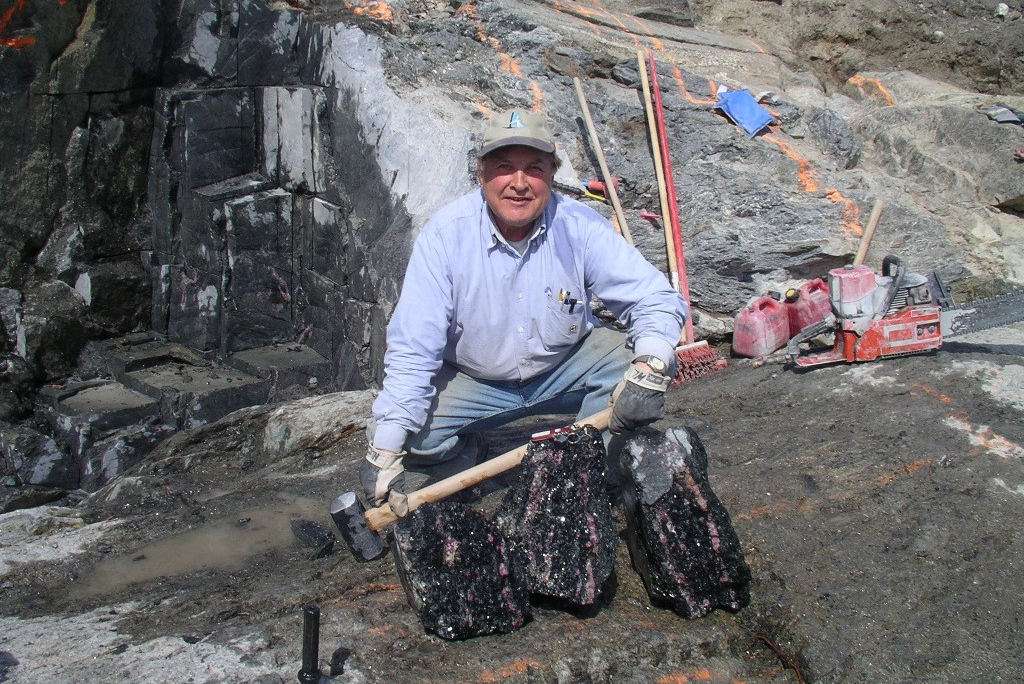
Wayne Lockhart, Greenland, 2005
Wayne Lockhart
Lockhart Exploration Services
Member since 1963
What was the most fulfilling project you ever worked on, and why?
NB government was phasing out coal mining in Minto, NB in the late 1960s. World oil prices were $2.00/barrel. One ton of Minto coal, with heat content of four barrels of oil, was worth $8.00, equaled less than production costs. Federal government subsidizing was stopping. Eventually, OPEC countries increased oil prices to $8 per barrel. Minto coal then worth $32/ton.
I was asked, December 1974, to meet representatives of NB and Federal governments and NB Power. A coal-fired 100 MW electrical generating plant would be built if I could discover coal to supply its 30-year plant life. Exploration to commence in one month. Budget, a lowly $100,000. I accepted the challenge.
Historical document research enabled me to select exploration areas. My calculations of maximum depth to which a Minto coal deposit could be mined led me to choose the world’s largest dragline, the Marion Power Shovel, then operating in Alberta Oils Sands. Its 100-metre boom could excavate 34 metres deep. My exploration drilling was limited to 50 metres depth.
By late April my drilling proved the required 10 million tons Minto coal deposit. Total exploration cost was under the $100,000 budget. The cost of coal was one cent per ton. This discovery created 260 direct, full time, lifetime (30+ years) mining jobs. A minimum of 3 indirect jobs were created for each direct mining job.
I judge my success, and contribution to society, by the number of lifetime jobs I have created by my discoveries of mineral deposits.
What has been the most memorable experience of your career?
Being kidnapped while working for two years in the Philippines.
It is relatively normal to be approached by strongmen of villages and by politicians of all countries, including Canada, for blackmail payments. I have never made direct payments for these requests. Normally I hire many local persons to work in exploration. I construct roads, short bridges, even short airstrips, with local labour using hand tools. I have donated pumps and piping bringing water to villages. Women and children no longer had to carry water daily for 3 or 4 kilometres. I have donated to local schools. I have not paid bribes.
In Northern Rhodesia (Zambia) I arranged with village elders to use their water supply for diamond panning. I moved a portion of my crew to that village. When returning with more camp and crew, my foreman told me we must find another campsite, or pay 1/2 day's pay/crewmember per week, or our legs would be broken. Our crew moved.
In Illocus Norte province, northern Philippines, my normal help to the village was not sufficient for a local headman. I refused to pay him direct money payments. While stream-sediment surveying, my crew and I were surrounded by men with rifles and captured. My crew were released. I was kept for 4 days while I discussed and negotiated my release, without payment. Thereafter, exploration continued without further serious incident.